Critical corridors to reduce conflict between people and elephants
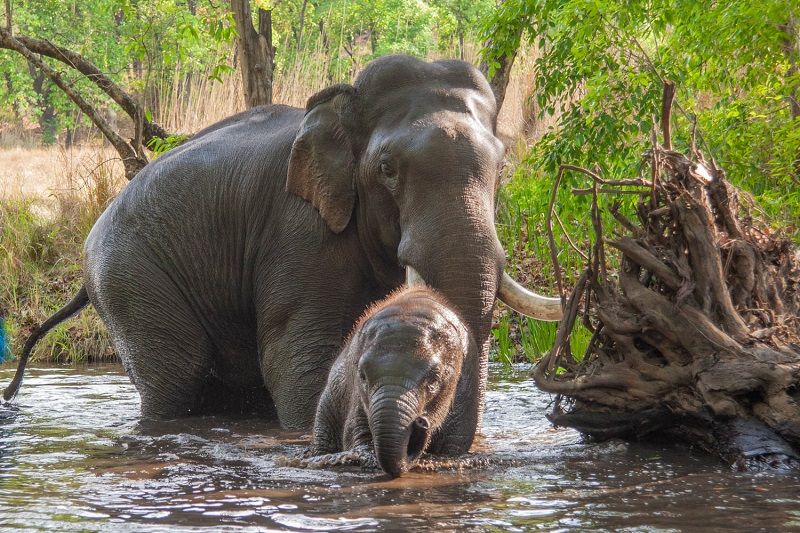
Samya's work is focused on tackling human-elephant conflicts with sustainable solutions
Close confines create ever more conflict
2020 was a tough year for everyone and much critical conservation work to help wildlife around the world slowed down. Endangered animals in some areas faced even more pressure as the communities around them struggled to survive. Many of our teams had to curtail or change their plans. Prior to lockdown, Samya Basu, our colleague in West Bengal, India, was identifying routes commonly used by elephants between the area’s two elephant reserves. Although there has been recent reforestation here, much of the original forest habitat has been replaced by cultivated crop fields, and the whole area is criss-crossed by train tracks, roads, and overhead electrical power lines. The elephants must traverse this dangerous landscape and tragically, six elephants have died since 2019 from train collisions and electrocution.
Paradoxically, the problem is made worse by a recent increase in elephant numbers. The increase is welcome conservation news, but not necessarily for local communities. Villagers witness elephants becoming obligatory crop raiders who have learned the seasonal availability of crops along their migration corridor. Since the huge herd split into several smaller groups of 10-30 elephants, they take turns, meaning crop damage is repeated and long term. This puts people’s livelihoods, homes and lives at risk – you can imagine how terrifying it must be to have your home trampled by a herd of hungry elephants.
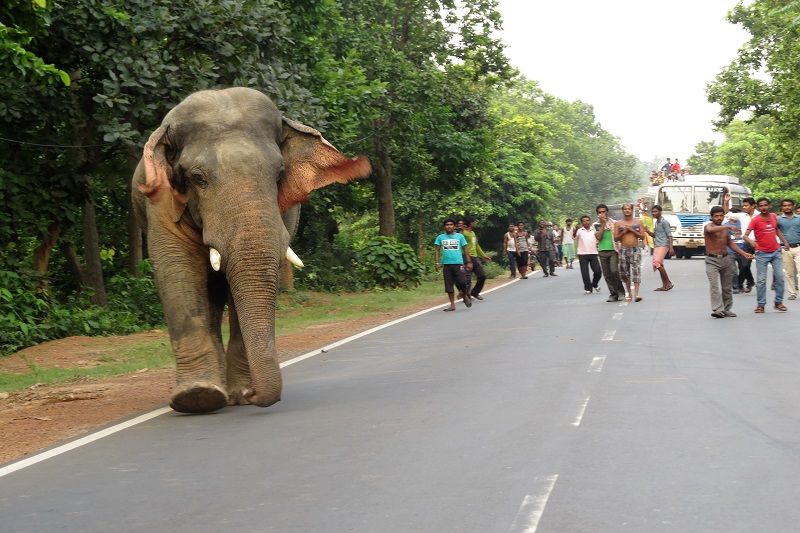
When India introduced a strict lockdown, Samya had to abandon his field work. But there was an unanticipated consequence. The elephants became noticeably more confident. Lone male elephants began entering villages and towns day and night, causing damage to homes and crop storage houses. A herd of 26 elephants arrived in one town at 10.30am in the morning. Some traumatised communities, less accustomed to elephants, tried to protect crops by laying dangerous electric fences and snares. Five elephants were killed in lockdown by retaliatory action, and the first ever case of elephant poaching for ivory occurred in the region. Samya is extremely concerned this successful attack may encourage more illegal activity from professional wildlife trade poachers, now aware that elephants are living in accessible, unprotected forests.
Making an elephant friendly village, and other solutions
Luckily Samya is an expert in tackling human-elephant solutions and just needs our help to scale up his work, and involve the local community. Samya is identifying all high-risk areas to elephants, including points where railway tracks or naked high-voltage electricity wire pass through their paths. Working closely with local policy makers and forest managers, Samya is advising on effective safety measures such as regulating speed limits on train lines and insulating electrical cables. This should immediately help save elephants’ lives.
He and his team are also training elephant trackers from local villages to monitor the elephant herds, diverting them towards low-risk zones. This will reduce accidental deaths and retaliatory killings. Decreasing the conflicts between elephants and humans is the only way they can live peacefully side by side. It could also interrupt an emerging tolerance of poaching.
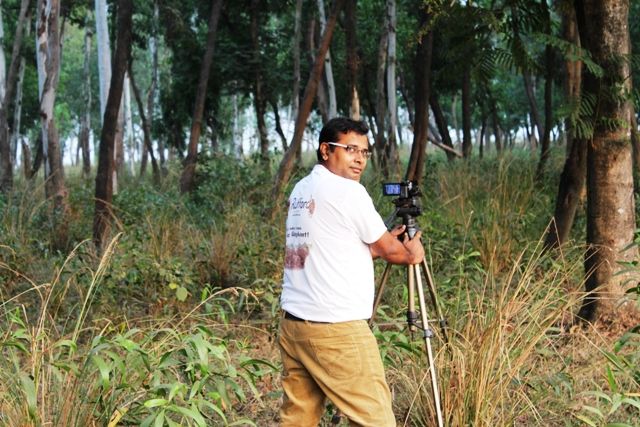
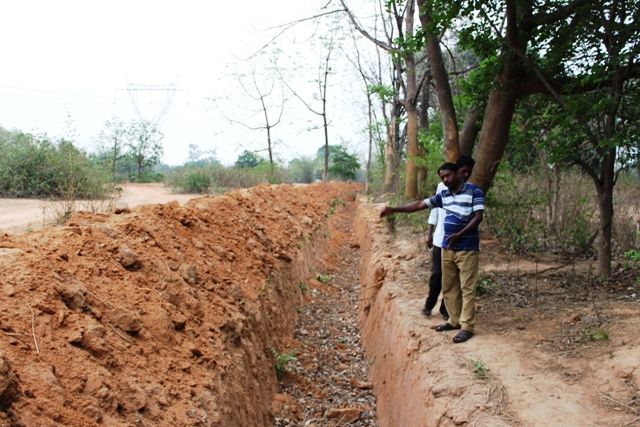
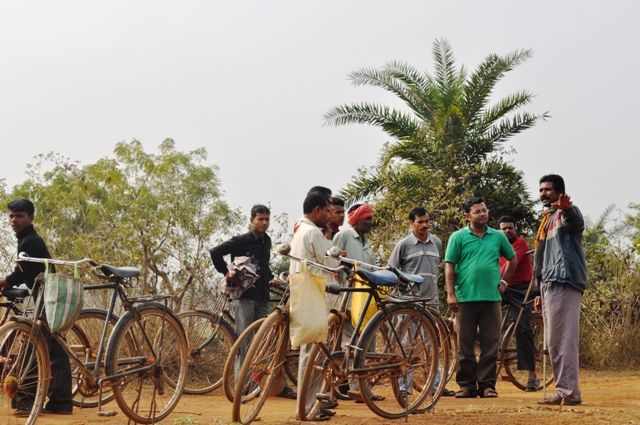
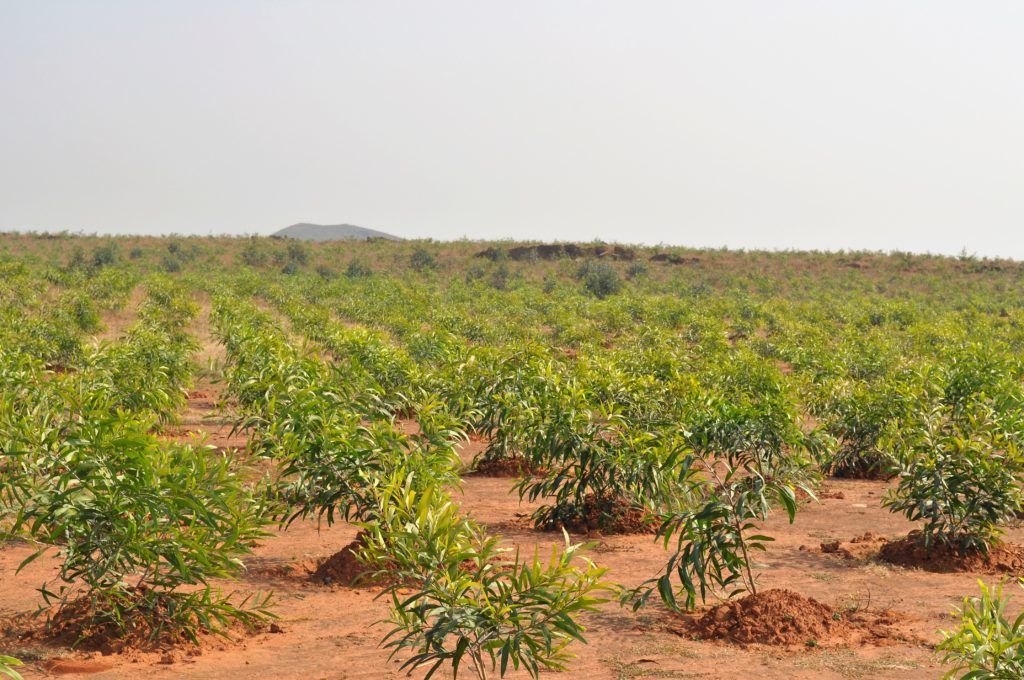
Finally, and crucially, to make a lasting impact on attitudes to elephants, Samya is creating an elephant friendly village, featuring modern alarm systems, crop rotation and underground granaries. These humane measures will replace traditional and harmful deterrents like electricity, crackers and fire. Samya hopes other villages will follow the example of these methods when they see the benefits it brings. And when they fear elephants less, they’ll be less likely to retaliate against elephants.
We want to give Asian elephants a brighter future; with your help we can make a difference.
